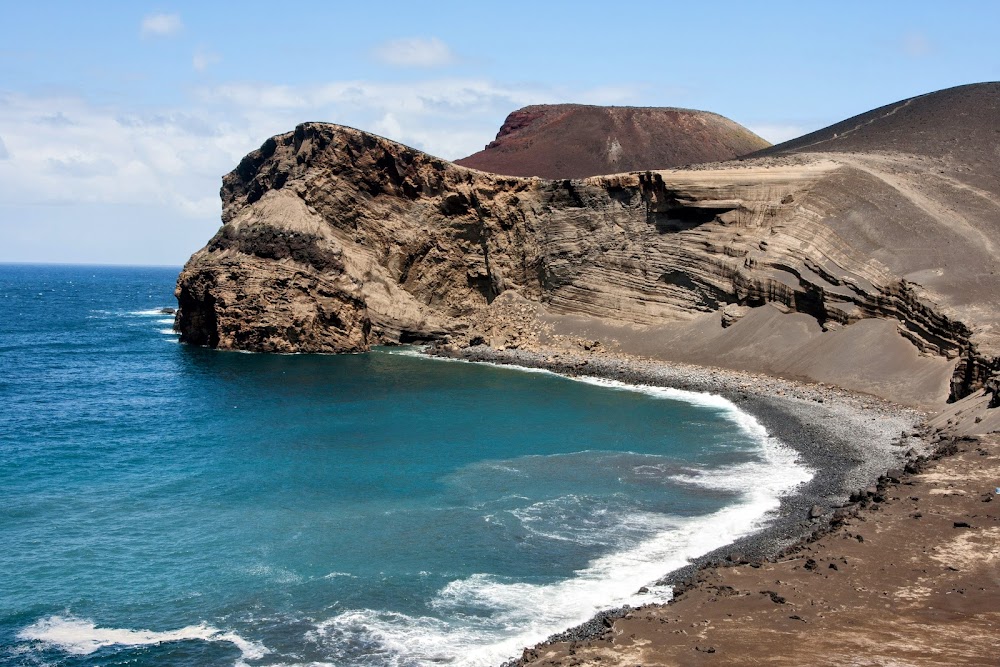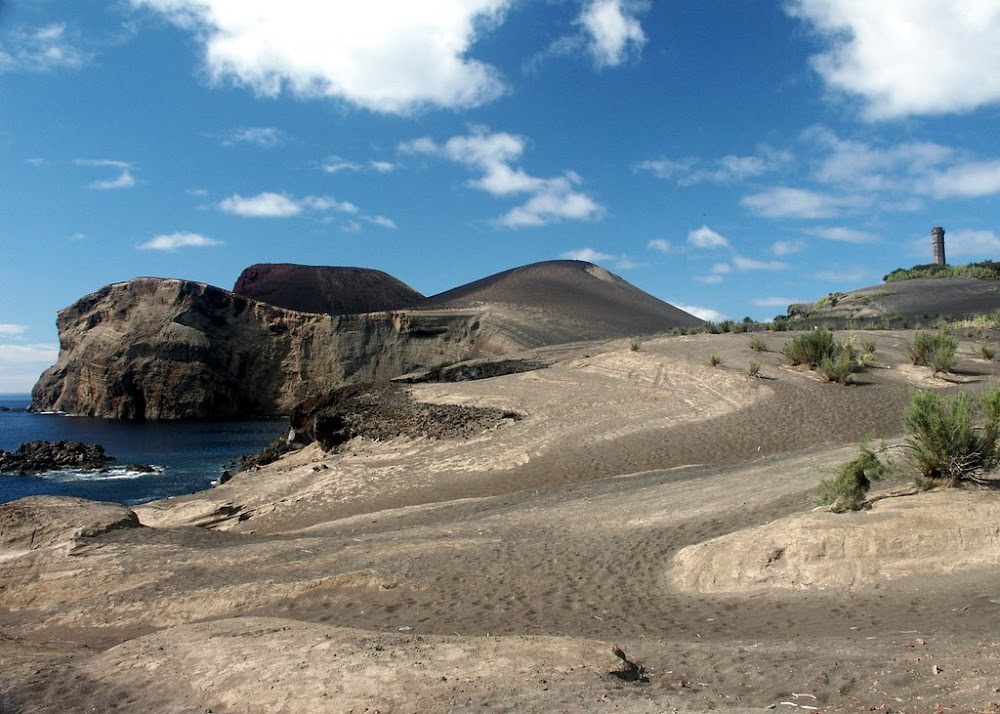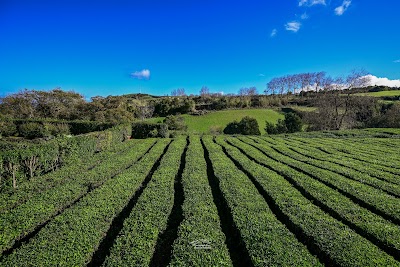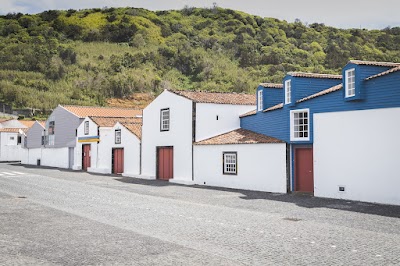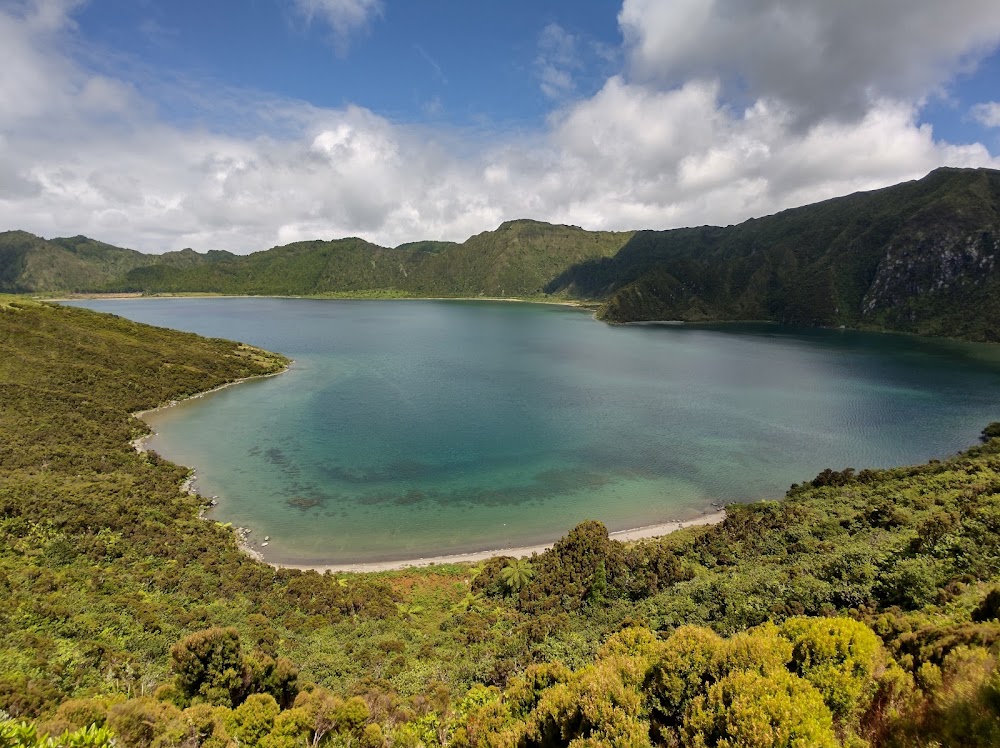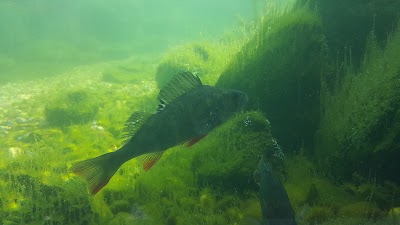Capelinhos Volcano (Vulcão dos Capelinhos)
Related Places
Overview
The Capelinhos Volcano is a fascinating geological wonder located on the western coast of Faial Island, part of the stunning Azores archipelago in Portugal. This unique site is a powerful testament to the natural forces that have shaped the rugged and picturesque landscapes of the Azores, creating a captivating destination for travelers and nature enthusiasts alike.
The volcanic activity that formed Capelinhos began on September 27, 1957, with an underwater eruption occurring about one kilometer off the coast of Faial Island. The eruption was nothing short of spectacular, as steam and ash erupted dramatically from the ocean's surface. Over the course of the eruption, a new landmass emerged, eventually connecting to the main island and altering the landscape forever.
Throughout the year-long eruption, an impressive deposit of ash and cinder accumulated, giving rise to a new volcanic cone—the Capelinhos Volcano. The persistent flow and solidification of lava further expanded the western shores of Faial Island, dramatically reshaping its coastline and creating a striking, otherworldly terrain.
The eruption had profound implications for the local community, as several homes and farmlands were buried beneath volcanic ash, necessitating the temporary evacuation of many residents. Fortunately, despite the destruction, there were no fatalities. Once the eruption subsided in October 1958, most inhabitants returned to rebuild their lives and communities.
Today, the Capelinhos Volcano stands dormant, serving as a monumental reminder of the region's volatile geological history. Visitors can explore the site and marvel at the stark landscape, which resembles a lunar surface with its rugged and barren features. The volcano's cone-shaped summit and prominent crater rise dramatically from Faial Island's western coast, providing a breathtaking backdrop for photographs and exploration.
To enhance visitor experience and education, the Capelinhos Volcano Interpretation Centre was established. This innovative center is partially buried underground to harmonize with the landscape and minimize its environmental impact. Inside, guests can find detailed exhibits, informative panels, multimedia presentations, and even a recreated eruption experience, all designed to explain the science of volcanology and provide historical context surrounding the 1957-1958 eruption.
One of the most iconic landmarks near the volcano is the Capelinhos Lighthouse. Though it was damaged and decommissioned due to the eruption, the lighthouse remains a poignant symbol of resilience. Its tower stands tall amidst the volcanic landscape, offering a glimpse into the past when it guided ships safely around Faial Island.
The Capelinhos site has been designated as a protected area, ensuring the preservation of its unique geological formations and the fragile ecosystem that has emerged in the aftermath of the eruption. This site represents a significant chapter in the Azores' dynamic geological history, showcasing the ongoing evolution of our planet.
Through thoughtful preservation efforts and the establishment of educational resources like the Interpretation Centre, the Capelinhos Volcano not only holds historical and scientific significance but also serves as a captivating tourist attraction. Visitors from around the globe flock to Faial Island to witness its dramatic scenery and learn about the natural phenomena that continue to shape our world.
In summary, the Capelinhos Volcano in the Azores, Portugal, is a remarkable natural landmark born from a series of underwater eruptions that began in 1957. This powerful event sculpted a new piece of land on Faial Island, blending natural wonder with historical resilience, and today serves as both an educational site and a powerful reminder of the earth's ever-changing landscape.


